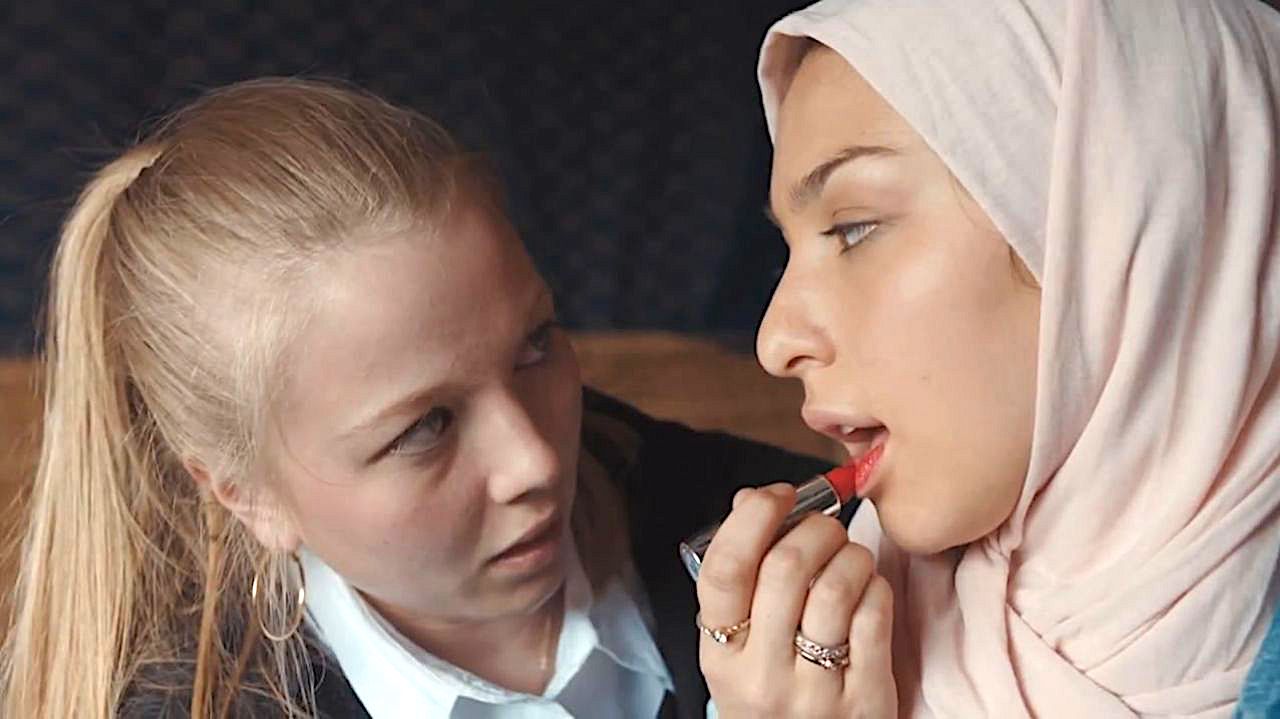Through The Lens (pg. 30-40)
Workflow and Creative Camera TechniquesBelow are my notes and main takeaway for the assigned reading from ‘Cinematography: Theory and Practice’.
The Frame and the Lens
The type of lens we use affects how we perceive space and spatial relations, and can be utilised for visual storytelling. A wide lens expands space and establishes the physical landscape of a shot, whereas a long lens compresses space and conceals details about the relationship between the subject and the surrounding environment.
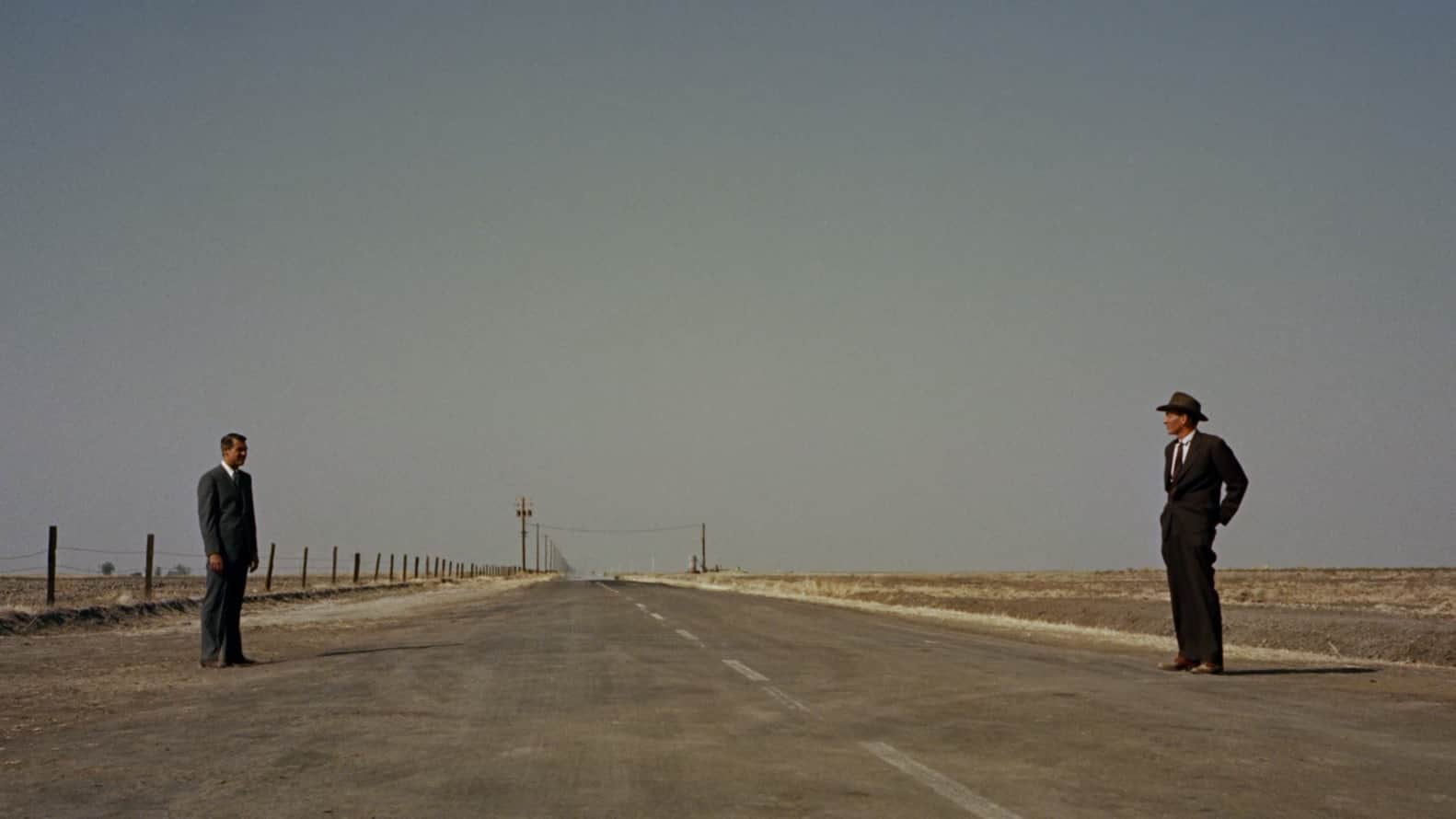
When considering what lens to use, we must remember the following key optical aspects:
- Perspective
- Compression/expansion
- Soft/hard (focus)
- Contrast
Film is concerned with projecting a three-dimensional space onto a two-dimensional plane (the screen). The main goal is to maintain the original sense of depth present in the scene. To do so, we must consider the following fundamentals:
- Foreground, mid-ground and background.
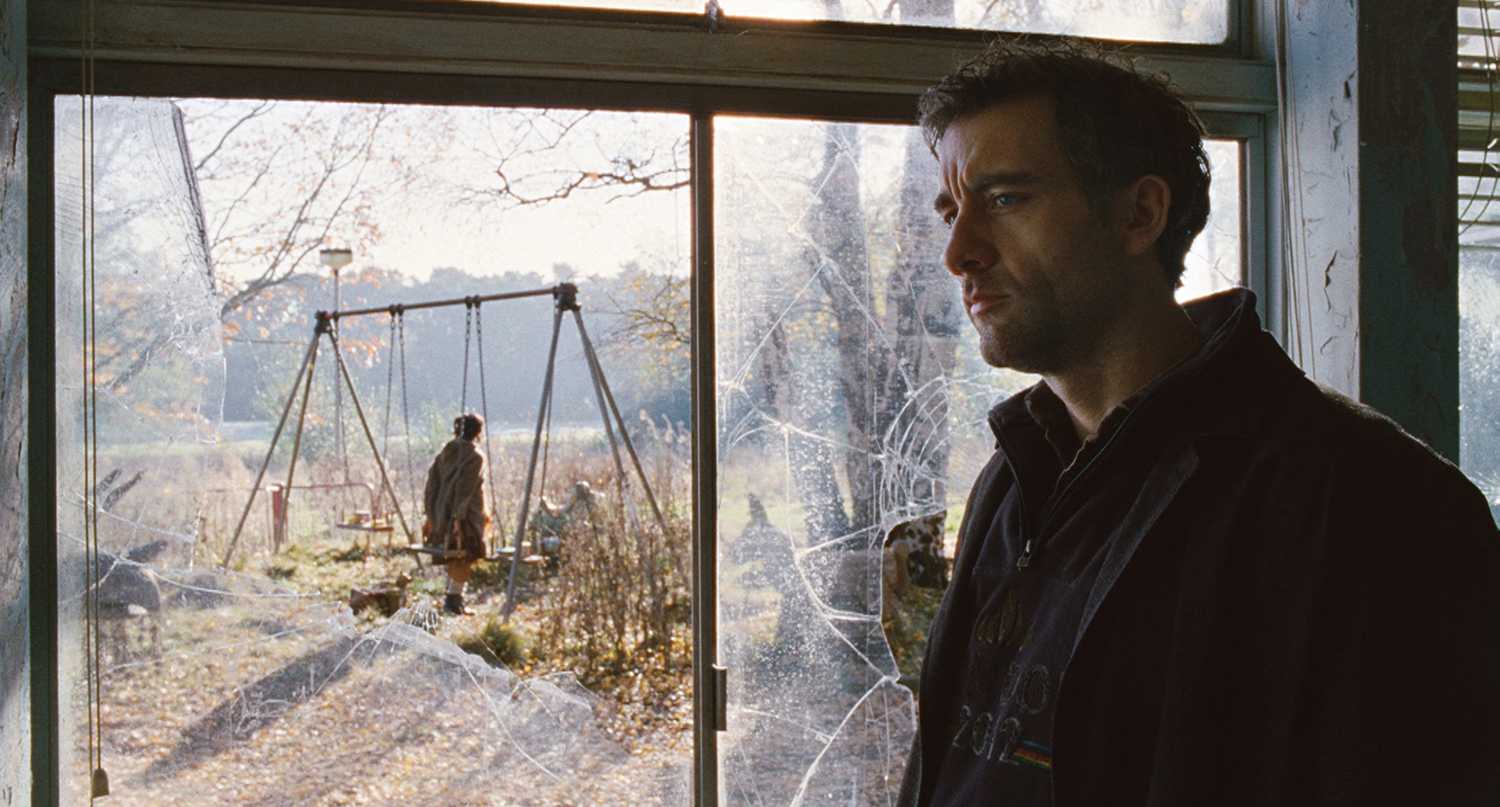
A basic principle devised by Hitchcock was that ‘the importance of an object in the story should equal its size in the frame.’
The Perspective of the Lens
The perspective of the lens will include and exclude things within a scene. The first step is to position the camera in relation to the subject; the second being how much of that view is to be included. This is where lens selection comes in.
Our own vision (peripheral included) extends to 180°. Central (or foveal) vision is limited to 40°, yet is able to perceive more detail.
- In regards to 35mm film, 50mm is typically considered the ‘normal lens’, despite 40mm being closer to normal vision.
- With video, what is considered the ‘normal lens’ is dependent upon the video receptor. All video sensor sizes and formats have a different ‘normal’.
What is a normal lens?
A normal lens is when the focal length equals the diagonal of the receptor (either the film frame or the video sensor).
Remember – all optics (human eye included) work by projecting the three-dimensional world onto a two-dimensional plane.
Wide Lens – Space Expansion
Perception of depth can be exaggerated via a wide lens – objects are further apart (on the x-axis) than in reality. This can have several different effects and implications, such as:
- Psychological.
- Heightened perception of movement (towards or away from the lens).
- Expansion of space.
- Distant objects appear smaller.
This can instil a greater sense of presence of the viewer within the scene. As the lens gets wider, objects nearer to the lens are distorted. This is the reason for a longer focal length lens in a portrait or head shot.
Example
You’re shooting a close-up on a wide lens and want the subject to fill the frame. The wider the lens you’ve chosen, the closer the camera will have to be. As the camera gets closer, the % difference in distance from the nose to the eyes increases – this is known as distortion.
Features of a Wide Lens:
- At a given distance and f-stop, they have a greater depth-of-field.
- The depth-of-field of a lens is inversely proportional to the square of its focal length.
- The greater the depth-of-field, the more of the scene that is in focus – this is often referred to as deep focus.
Deep Focus
The most notable example of deep focus used for visual storytelling is in Citizen Kane. Cinematographer Gregg Toland developed the method in order for Welles to use long takes with detailed depth composition to limit narrative cutting in key dramatic scenes.

Deep focus allows for a complex interaction between the foreground and background, as they are both in focus they can inform one another and tell multiple stories simultaneously.
Compression of Space
Long focal length lens are also referred to as telephoto lens. This type of lens works oppositely to wide lens, with features such as:
- Compression of space.
- Less depth-of-field.
- De-emphasis on movement away from or toward the lens.
The compression of space has many uses that affect perception; claustrophobia, distant objects appearing closer and heightened intensity of action and movement.
What is the effect of objects appearing closer than in reality?
- Stunts and fight scenes appear more ‘dramatic’ and ‘dangerous’ than in reality.
- The limited depth-of-field can isolate a character in space.
- Abstraction of movement.
A long lenses also makes most faces appear more attractive – hence the term portrait lenses for still photographers working in beauty, fashion or portraiture.
The Manipulation of Perspective
When manipulating the audience’s perception of a location or scene, consider altering the following for effect:
- Motivated lighting to create a stylistic effect. How does the light interact with the characters? How can light be manipulated to alter our perception of the scene and create a psychological effect?
- Can elements or objects within the scene be exaggerated for effect in terms of size?
Selective Focus
Shallow depth-of-field can isolate the subject – remember to think of focus as a storytelling tool.
A drawback of 16mm film and some HD/HD+ cameras is the smaller sensors, resulting in greater depth-of-field than 35mm film – therefore making focus less controllable. Many HD+ cameras are now designed with sensors the same size as a 35mm film frame or larger for this reason.
Remember – depth-of-field is a product of focal length, aperture and sensor size, not whether it is film or video.
Focus does not have to remain fixed during a shot – this technique is known as rack focusing. By changing the focus during a shot, we can lead the eye and attention of the viewer.
What is a rack focus shot?
A traditional rack focus shot would begin with the focus on an object in the foreground, which shifts on cue via a camera assistant dramatically changing the focus to another subject – either in front of or behind the original subject.
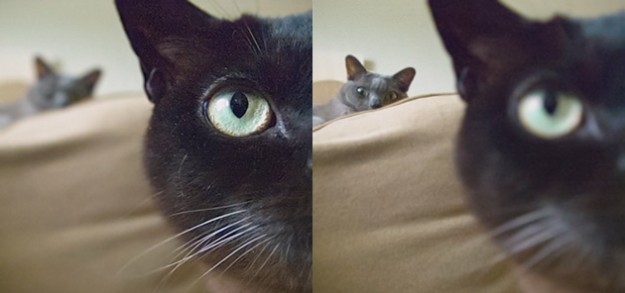
When shouldn’t you use a rack focus shot?
- When the shift in focus between two subjects isn’t noticeable enough, or motivated by a specific storytelling need.
- Some lenses also ‘breathe’ during a focus change/shift – what does the term ‘breathe’ mean? A lens ‘breathing’ refers to a perceived change in focal length while shifting focus.
- When there is two or more characters within a shot, but at different distances in relation to the lens. If there is not enough light to set the lens to a higher f-stop, the focus puller may have to choose one or the other to be in focus.
What are the basic rules of focusing?
- Focus should be on the person speaking – you can still rack focus back and forth as they speak.
- Focus on the person facing the camera or most prominent in the frame.
- Focus on the person experiencing the most dramatic/emotional moment. (This can counteract the principle of focusing on the person speaking, as they may not be showcasing the greatest emotion).
Call Sheets and Focus-Pulling
Call sheets list actors in numbered order of their characters. The lead actor will be #1. If unsure who to focus on, the safe bet is to go with the actor with the lower number on the call sheet.
Remember – major focus-racks needed to be discussed in advance and rehearsed. (This applies to all camera moves motivated by dialogue or action – the AC and camera operator need to be able to anticipate the move to time it correctly).
Why was focus not mentioned in older cinematography books (80s)?
Until the 60s, it was the unspoken rule that everything important within the frame should be in focus. Having key elements in the frame deliberately out of focus wasn’t fully introduced until it was popularised by fashion photographers in the 80s. It is now a recognised tool by filmmakers, and dictates evaluations of HD/HD+ cameras in regards to the size of the video sensor – as the size of the video sensor affects the focusing ability and depth-of-field.
Image Control at the Lens
There is a huge variety of visual effects achievable through lens selection, filters, flare and similar effects. Some DPs may choose to use older lenses for their ‘softer quality’ and characteristics such as flare.
BAFTA Short of the Week – ‘Balcony’ by Toby Fell-Holden
Camerawork in ‘Balcony’
In ‘Balcony’, the camerawork is used in a subtle, but stylistic way. Rack focusing guides the audience’s attention towards otherwise small details – an example being Tina’s hoop earrings. The hoops play a significant role in the characterisation and working-class representation of Tina, as they are also seen on other women on the council estate. The same can be said for Dana’s head-wrap, which signifies her modesty and Afghani cultural heritage, which creates contrast visually and figuratively.
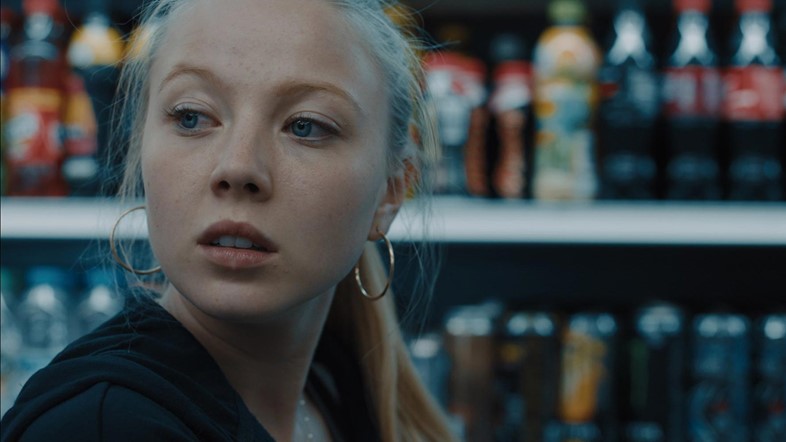
Shallow focus, or narrow depth-of-field, is present in more intimate, emotionally-charged moments between Tina and Dana. Oftentimes it is only Tina and Dana in focus, whilst the council estate around them is blurred, softened and out-of-focus. This can be interpreted as that when the two are together, the cruel, unkind world around them is unimportant.
High angles make both Tina and Dana appear inferior, physically smaller and repressed by their environment – feelings of which are perpetuated by the men they are surrounded by. In particularly gritty or raw moments, the camerawork is handheld creating subjectivity and bringing the audience into the events of the film.
Closeups are frequently used to capture the nuance in the actor’s performances, and the subtlety of emotion expressed via looks, glances and stares.
